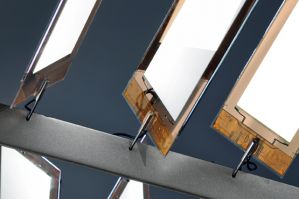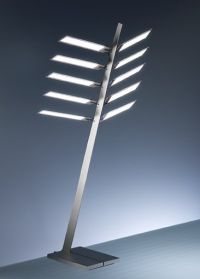LGDisplay are cautious about OLEDs , do not see big investments soon
 LGD’s aim is to approach investment of AMOLED in a careful way. Kwon said, Expect for Nokia, no company shows aggressive leadership. Considering productivity and original cost, there will be no big investments for AMOLED.
LGD’s aim is to approach investment of AMOLED in a careful way. Kwon said, Expect for Nokia, no company shows aggressive leadership. Considering productivity and original cost, there will be no big investments for AMOLED.
LGD considered mass-production investment for AM OLED panel but decided to invest in only 1 line of 3.5 generation. And Toki was selected as major equipment supplier for equipment.













